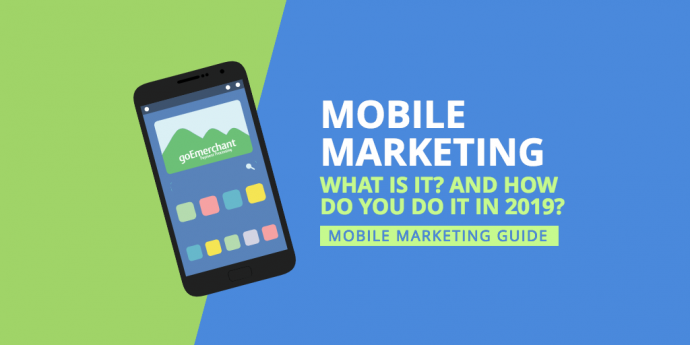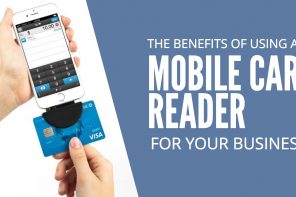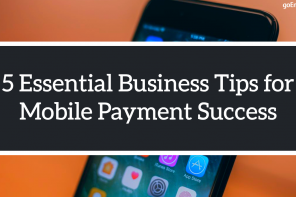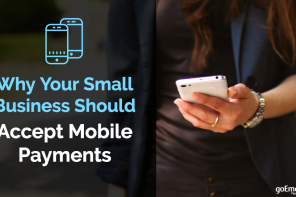Mobile marketing is marketing that appeals to mobile users. It aims to deliver personalized ads and information to mobile customers, including things that are both time sensitive and location sensitive. The aim is to make sure that customers can use this information and make the purchases they need. With consumers engaged with their mobile devices at levels that equal or surpass the levels of computers, mobile marketing is one of the most important branches of consumer marketing in existence today.
Why it’s important for consumer businesses to have a mobile marketing strategy
Nearly half of the time that people spend on the internet can be traced to mobile phones. Mobile searches often increase threefold when people are on their mobile phones. Finally, more people use mobile phones than the desktop. Marketing to these users involves serving them ads customized to the mobile format.
There are different kinds of mobile marketing strategies
If you’re planning on targeting mobile users with your marketing efforts, there are many different directions that you can take.
Marketing on apps: Any app that uses a mobile ad serving system, like Google AdMob, can accept mobile ads. Ad serving systems let your ads appear on various mobile apps. Some mobile apps, such as Facebook, may have their own advertising platforms. Facebook has something called Promoted Post Ads, for instance.
Quick-response codes: QR codes are attractive to users because businesses often design QR codes to go to unpredictable website landing pages. The surprise element makes QR codes popular.
Marketing based on location: Marketers can choose to have their ads show only when users are at a given location, sometimes close to their store. This can make it easy for businesses to minimize ad spends while making sure that customers are close enough to come to the store when they see ads.
Enhanced Campaigns by Google Ads
Google launched its Enhanced Campaigns service for all users of Google Ads in 2018. With Enhanced Campaigns, users can manage their ads across different platforms, mobile or desktop, on one campaign. They can also automate their ad bids across all these platforms.
Google Ads also offers users a number of other customer advertising options.
Mobile site links: With mobile site links, search ads come with extra links to different pages on the advertiser’s website. These links make it easy for mobile users to go directly to the right pages on websites. Since websites on mobile devices tend to be harder to navigate than websites on larger devices, these ads are a way to quickly boost user engagement.
Click-to-call advertising: Mobile search ads with the click-to-call feature display a phone call button. The presence of a call button right within the advertisement increases the chance that the user calls the advertiser. It can improve conversion.
Google Offers: With this ad type, advertisers can publish a discount or other offer below the ad, with an additional View button next to it. It can be a tempting way to draw in customers who may not click on the ad otherwise.
Local Ads: Local ads can be particularly useful when mobile users wish to search for a local store or commercial outlet. These ads feature buttons that show viewers the location of the store on a map, or a call button.
Mobile payment-enabled marketing strategy
Developing a mobile payments strategy opens your business to more sales opportunities. More people than ever are using smartphone payments. Having a mobile payment sales strategy could significantly increase your company’s annual sales and brand market reach. Providing more payment options is always better, and many are beginning to prefer paying with their smartphones.
Mobile marketing can be a wonderful tool for those who wish to market to consumers. It’s important, however, that marketers take it seriously, since nearly 75 percent of all digital advertising goes to mobile marketing.




